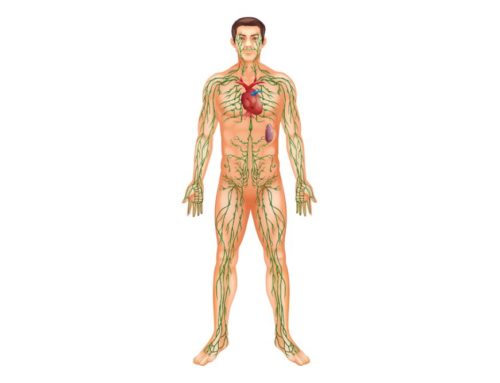Physical activity strengthens the muscles and bones, improves cardiovascular health, maintains a healthy weight, and reduces mental health issues. But did you also know exercise helps manage your blood sugar with diabetes? Working your body increases circulation and allows the body to use up any excess glucose.
Of course, exercise alone won’t fix the condition and diabetes care is also necessary to manage it. It includes education on diet, symptom management, and complication prevention. Wound care and counseling are also part of the program to ensure you have all the assistance required.
The following sections cover how physical activity benefits diabetes.

Diabetes and Exercise – The Link Between the Two
To prevent glucose buildup in the blood, those with diabetes are encouraged to exercise. Movement requires more muscle energy, lowering blood sugar levels without requiring insulin. Of course, monitoring glucose before, during, and after is vital to prevent hypoglycemia, which occurs when your levels drop too low.
Some cholesterol, including the fat-like substance our liver produces, is vital for hormone production and cardiovascular health. However, low-density lipoprotein is an unwanted cholesterol ingested from unhealthy food choices.
Exercising for cardiovascular complications
Exercise counters cardiovascular complications caused by diabetes, reducing glucose levels, blood pressure, and bad cholesterol. You’ll also lose weight, improving insulin sensitivity while decreasing insulin concentration.
Diabetes damages the blood vessel walls, allowing bad cholesterol to build up, narrowing these passages. Diabetics often have high cholesterol, worsening the condition. But when you exercise, the bad cholesterol is sent to the liver to be disposed of, while good cholesterol levels rise.
Diabetics often suffer from high blood sugar, blood pressure, and cholesterol. They often lack physical activity, causing obesity. These are all factors contributing to cardiovascular disease.
What exercise lowers blood sugar the fastest
According to experts, exercise is one of the top recommended management strategies for those with diabetes. Though you benefit from all physical activity, aerobic exercise is best. Walking, jogging, cycling, and swimming are in this category.
The constant rhythmic movements of a vigorous workout flexes several muscle groups simultaneously. They require more energy to maintain their movements, using excess glucose in the body.
Your heart rate also increases, increasing circulation and reducing bad cholesterol in the bloodstream. You’ll also lose weight, improving diabetes symptoms as you shed those extra pounds.
When should diabetics avoid exercise?
While exercising is great for diabetics, they may need to avoid physical activity when they’re sick. Even if it’s just a cold, the virus alters how your body functions. While you’re unwell, insulin doesn’t work in the cells as it’s supposed to. Your blood sugar levels could rise higher than expected or drop even after eating.
Any food you eat breaks down into glucose, which travels through the bloodstream throughout the body. As the levels rise, the pancreas releases insulin to convert it to the energy the cells need to function properly. However, diabetics don’t produce the necessary insulin, so blood sugar rises without anything to stop it.
Though exercise often lowers the body’s glucose in people with diabetes, vigorous workouts use the little energy you have to fight the infection. You’ll also need to eat smaller meals and check your urine ketones frequently to avoid ketoacidosis, particularly in those with Type 1 diabetes.
Resources:
- Better Health Channel, Diabetes and exercise
https://www.betterhealth.vic.gov.au/health/conditionsandtreatments/diabetes-and-exercise - Heart UK, Diabetes and cholesterol
https://www.heartuk.org.uk/cholesterol/diabetes - British Heart Foundation, Can exercise help lower cholesterol
https://www.bhf.org.uk/informationsupport/heart-matters-magazine/activity/can-exercise-lower-cholesterol#:~:text=A%20BHF%2Dfunded%20study%20from,your%20non%2DHDL%20cholesterol%20levels. - American Heart Association, Cardiovascular Disease and Diabetes
https://www.heart.org/en/health-topics/diabetes/diabetes-complications-and-risks/cardiovascular-disease–diabetes - PubMed Central, July 1, 2018, The essential role of exercise in the management of type 2 diabetes
https://pmc.ncbi.nlm.nih.gov/articles/PMC5846677/ - Mount Sinai, Diabetes – when you are sick
https://www.mountsinai.org/health-library/selfcare-instructions/diabetes-when-you-are-sick#:~:text=Even%20if%20you%20are%20not,kit%20prescribed%20by%20your%20provider.
This content comprises informative and educational resources only and can not be considered as a substitute for professional health or medical guidance. Reliance on any information provided in this article is solely at your own risk. If you have any inquiries or apprehensions about your medical condition or health goals, talk with a licensed physician or healthcare provider.






Leave A Comment